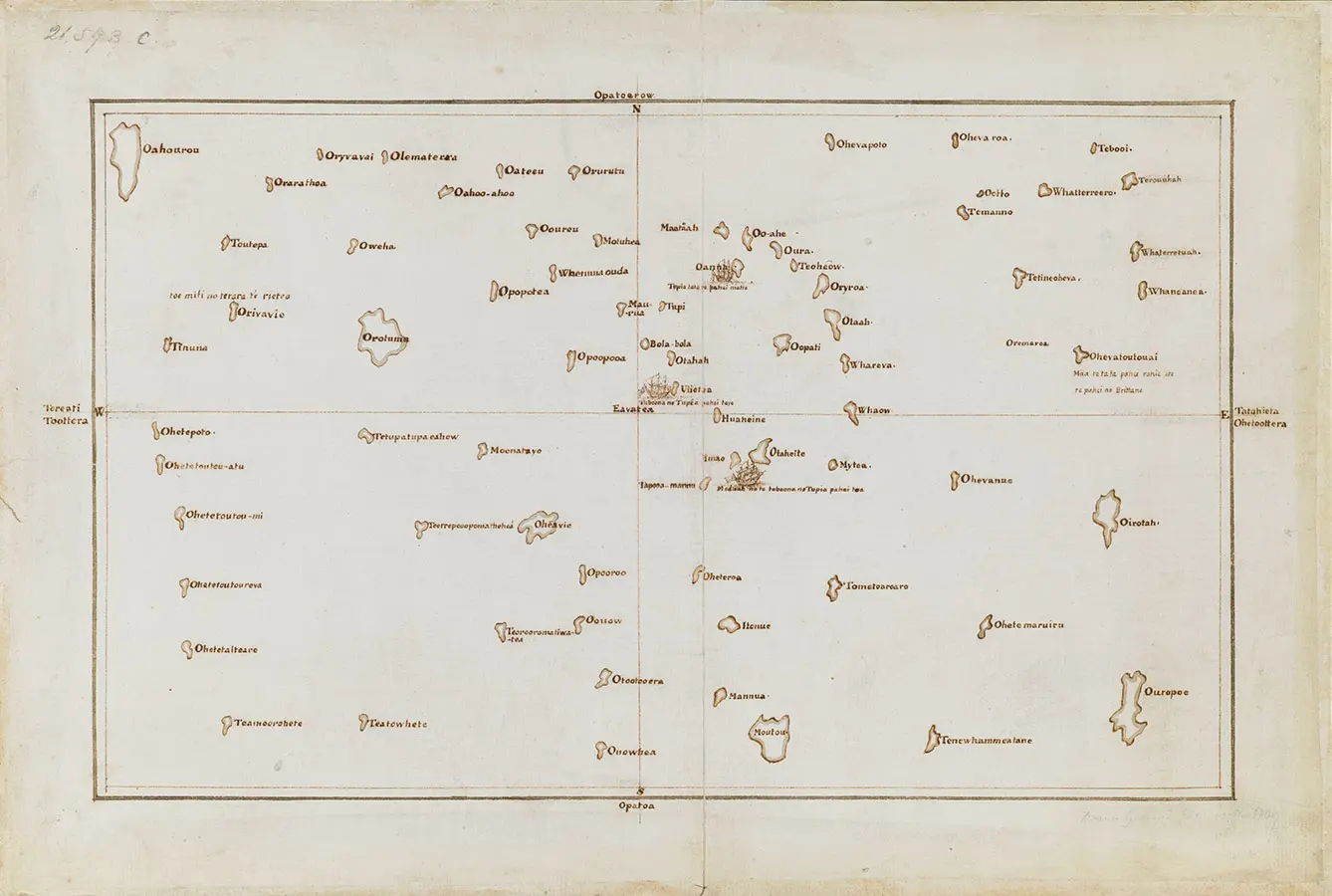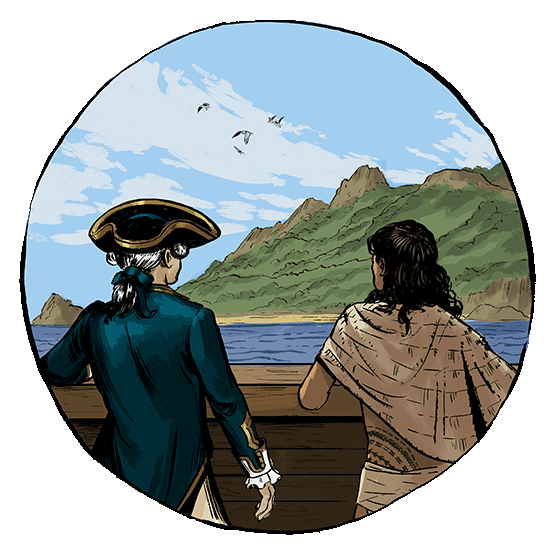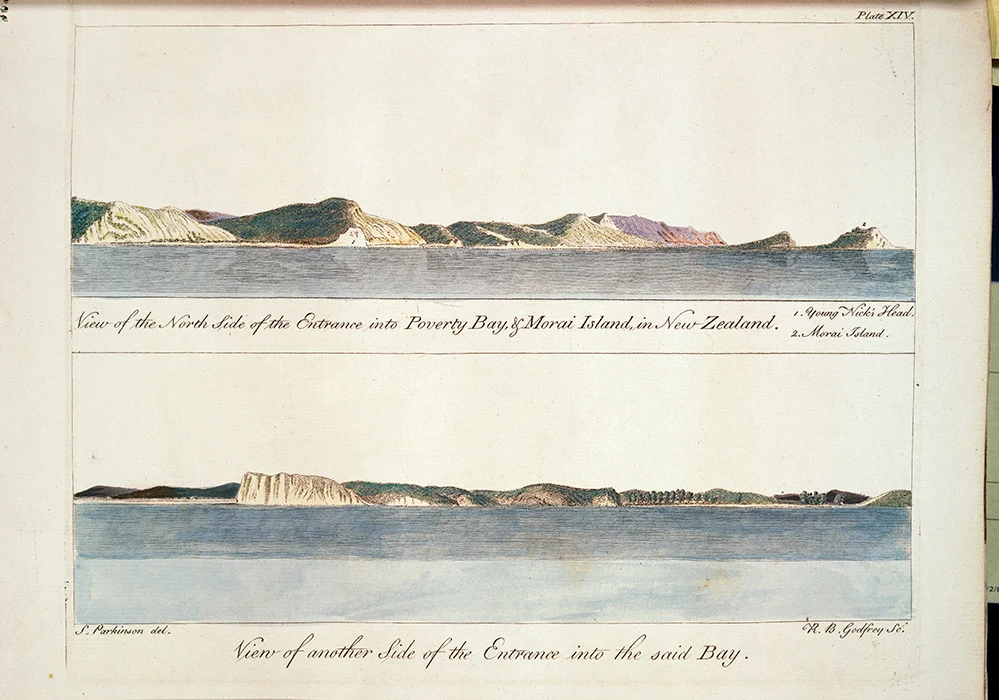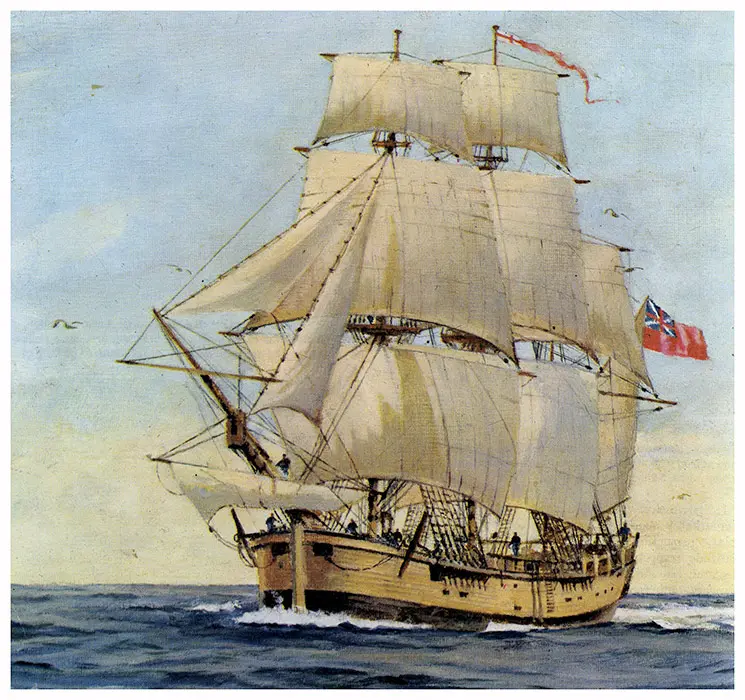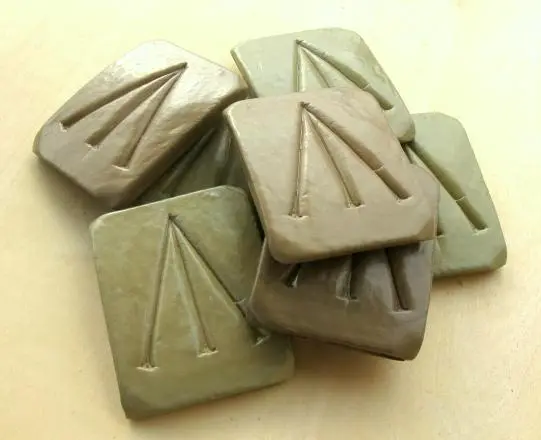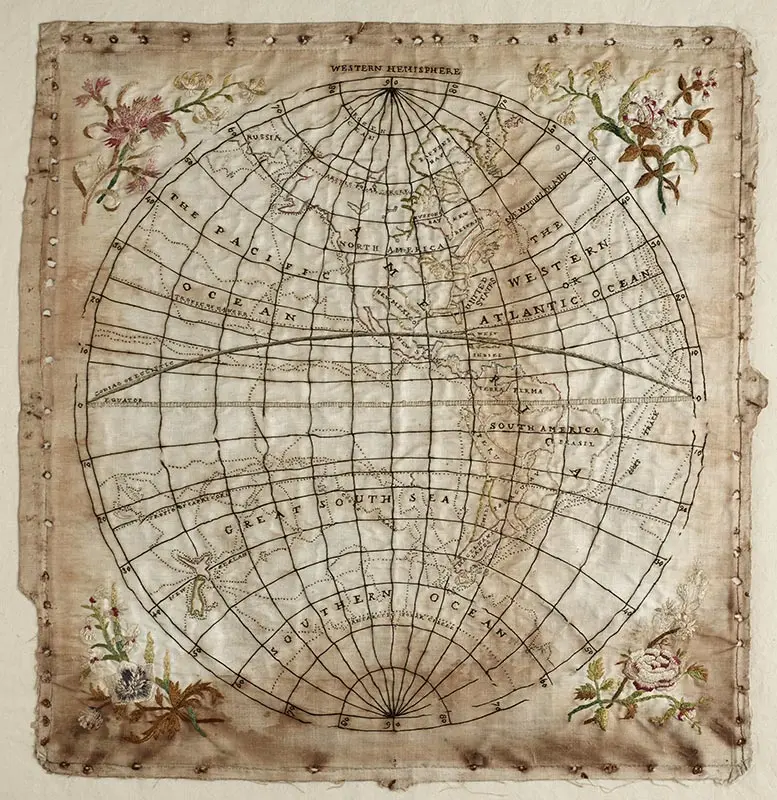Tupaia's chart from 1769 shows how well Polynesians knew the South Pacific. It is very different to the emptiness of the same space in European maps of the time.
Image credit: Copy chart of the Society Islands, 1769 by James Cook, Tupaia. Ref: Add. MS 21593 C British Library — The British Library Board. Public domain. Used with permission.
